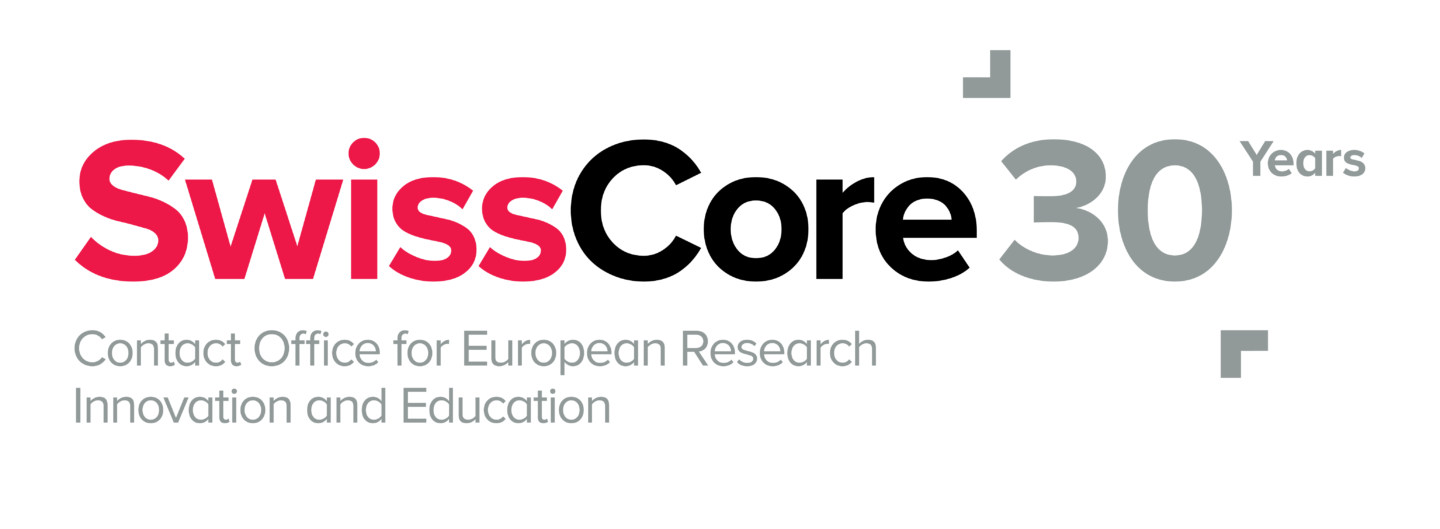Closing the innovation gap is one of the 3 verticals in which President Von der Leyen is setting priorities. How many proposals will turn out to be real?
Ursula von der Leyen’s Political Guidelines set an ambitious plan to position the new Commission as a growth and investment driver, with competitiveness at its core. The Competitiveness Compass – building on Mario Draghi’s recommendations – outlines priorities for the next five years, focusing on three key verticals: (i) Closing the innovation gap, (ii) A joint roadmap for decarbonisation and competitiveness, and (iii) Reducing excessive dependencies and increasing security. These are supported by five enablers: simplification, Single Market access, financing, skills development, and policy coordination.
When looking at the compass and the proposed actions, the first vertical will launch several initiatives that will positively impact the European innovation landscape. A Startup and Scaleup Strategy is expected by mid-2025, targeting five key areas. First, access to finance to address the gap for later-stage investments by including institutional investors (such as pension funds) and developing a genuine Venture Capital (VC) market for Growth in Europe. Second, regulatory and bureaucratic burdens and fragmentation should be tackled to address regulatory barriers at the national and EU levels. Third, access to markets to finally benefit from a true Single Market (as mentioned in the Letta report), but also looking into public procurement mechanisms and rules, as this has been highlighted as a crucial difference to US models (e.g., purchasing power of US Military with the DARPA approach). Fourth, access to talents by improving rules for startups with international teams and looking into the visa requirements for innovators (find out more about the mobility of innovators in a previous SwissCore article). This will also be discussed within the European Research Area (ERA) Act with the mobility of researchers, another initiative currently being developed in the Commission, which aims to address/remove structural barriers and deliver the 5th freedom (again from Letta). Lastly, access to infrastructures and services to ensure startups and scaleups have seamless access to research infrastructures, acceleration services, and coaching. The Commission has assembled a task force to develop the strategy, spanning members from 20 Directorate-Generals to support its development.
This strategy is directly linked with other initiatives mentioned in the Compass, such as the 28th regime. This new regime will allow companies to access a single, harmonised set of regulations regardless of where they invest or operate in the internal market. Now in the hands of Commissioner Michael McGrath (in charge of Democracy, Justice, the Rule of Law and Consumer Protection), this policy initiative is expected in late 2025 or early 2026 and has been welcomed by the startup community. In fact, the idea of having a pan-European standardised legal entity in Europe was pushed by the EU Inc Petition, which over 13’000 signatories supported. Yet, it is not the first time such an idea has been on the table, and Member States will have to look at their corporate, insolvency, labour, and other tax laws to endorse such a proposal. The Compass also sets the direction for a new EU Innovation Act, operating in synergy with the ERA Act. The new act should “promote the access of innovative companies to European research and technology infrastructures, intellectual assets generated by publicly funded R&I in view of increasing patenting, and regulatory sandboxes allowing innovators to develop and test new ideas”. In practical terms, the act is foreseen as a legislative instrument to implement the Startups and Scaleups strategy. Finally, the strategy will look into synergies with the Savings and Investments Union, aiming at financing competitiveness (third horizontal enabler) with “new savings and investment products, providing incentives for risk capital, and ensuring investments flow seamlessly across the EU.” This proposal is expected in the first quarter of 2025, helping to mobilise the capital needed for the EU to regain its competitive edge. This work will also build on financing tools provided by the European Investment Bank and its group. Despite the good thoughts brought in the Compass, some concerns were raised by the leading association representing VC and private equity in Europe (Invest Europe), claiming “although aimed in the right direction, [the Compass] isn’t always addressing the true needs of the industry we know well”.
The Compass further elaborates on the role of critical technologies, such as Quantum, Biotech, and AI. The latter generated most debates amid the geopolitical tensions and the investments emerging outside of Europe. The EU’s plans to strengthen the AI Factories and implement the Apply AI Strategy is, however, a good sign as they will play a crucial role in the global race for AI leadership.
Finally, despite the concerns looming around the creation of a Competitiveness Fund, which could affect the Framework Programme for R&I, it is worth mentioning that the European Innovation Council (EIC) will be strengthened alongside the European Research Council (ERC), the latter focused on fundamental research. Draghi already mentioned that the EIC should take a more ARPA-like approach to fund high-risk, high-reward projects, and this is now confirmed in the Compass. It is now up to policymakers to find a blueprint for setting up an ARPA-like EIC that will fit into the overall competitiveness strategy and ultimately help reduce the innovation gap.

